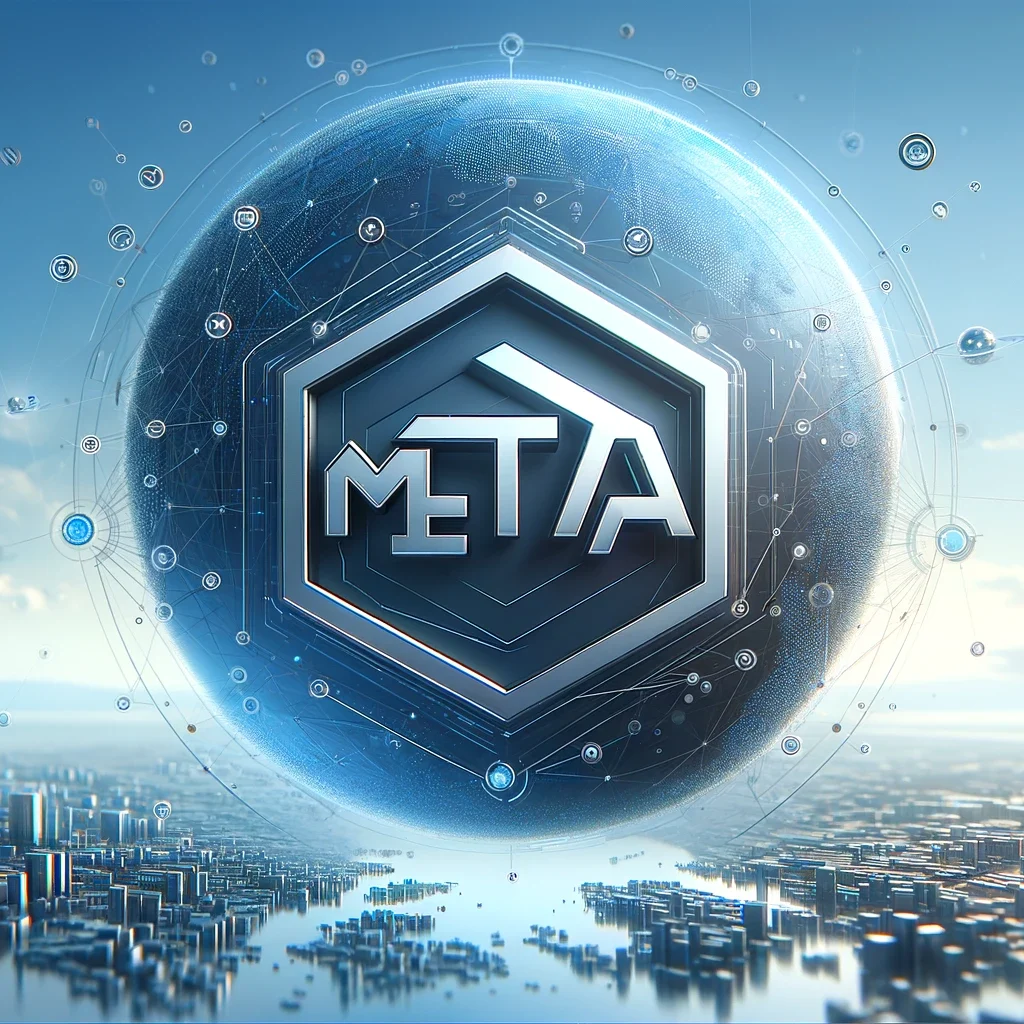For centuries, the enigmatic world of whales has fascinated humanity. These majestic creatures, known for their intricate communication systems, have long eluded our understanding. However, the dawn of artificial intelligence has opened up new possibilities in bridging the gap between human and cetacean languages. AI is revolutionizing our ability to communicate with whales and broader implications of AI in the realm of animal communication.
The inspiration from SETI
Inspiration for creating an AI whale translator came from an unexpected source: the Search for Extraterrestrial Intelligence Project (SETI). While SETI aims to communicate with alien lifeforms in the stars, we have yet to establish a meaningful dialogue with the intelligent beings that inhabit our oceans. This discrepancy sparked the idea that if we could decode whale communication, it might offer insights into interstellar communication as well.
Is there anything special about human language?
Before diving into the AI-powered solutions, it’s essential to consider the question of whether there is something inherently unique about human language that sets it apart from animal communication. Many animals communicate with one another, and scientists have observed complex forms of communication among various species, such as bats using distinct sounds to convey information. This complexity in animal communication led researchers to believe that a bridge between human and whale languages might be achievable.
The Cetacean Translation Initiative (CETI)
David Gruber and his team chose to focus on whales due to their highly developed communication systems. Whales engage in intricate communication through 2-second clicks known as codas. The Cetacean Translation Initiative (CETI) was born from this curiosity, and it involves several critical steps:
1. Deploying Buoyed sensor arrays
CETI will utilize buoyed sensor arrays to locate and record whale sounds, creating an extensive database of their vocalizations.
2. Attaching recording devices to whales
To identify individual whales and their communication patterns, recording devices will be attached to these majestic creatures.
3. Aquatic and aerial drone observation
Researchers will employ both aquatic and aerial drones to observe and monitor whales in their natural habitats, collecting valuable data on their behavior and communication.
4. Analyzing the data with AI
The massive amounts of data collected will require advanced AI systems to analyze and match whale codas with human language patterns. Large language models like GPT-3 will play a crucial role in this process, helping researchers understand and potentially communicate with whales.
Other AI language projects
While creating an AI whale translator may seem ambitious, AI-driven language projects have already made significant strides in facilitating human language learning and translation. Here are a couple of noteworthy examples:
Duolingo max – AI-enhanced language learning
The popular language learning app Duolingo has introduced Duolingo Max, a subscription tier that utilizes OpenAI’s latest language model, GPT-4. This AI-driven feature simulates real-life language scenarios, immersing users in practical conversations. For example:
- Users are prompted to ask questions like, “Anta wa ko-hi tai desu ka?” (Do you want coffee?) in Japanese.
- Duolingo Max challenges users by changing scenarios, such as addressing a boss instead of a sibling.
- AI integration allows users to learn immersively, enhancing their readiness for real-life conversations.
Google lens – real-time translation
Google Lens, a widely recognized app, harnesses AI to translate foreign text viewed through a smartphone camera. This real-time translation feature enables users to instantly decipher foreign languages by simply pointing their camera at text.
The quest to communicate with whales using artificial intelligence is an exciting endeavor that holds the promise of unraveling the mysteries of these magnificent creatures’ communication systems. While the AI whale translator remains a work in progress, the dedication of researchers in the Cetacean Translation Initiative suggests that it may become a reality in the future.
In the broader context of AI and language, we see how technology is transforming our ability to learn and communicate in different languages. From Duolingo Max’s immersive language learning experiences to Google Lens’s real-time translation capabilities, AI continues to push the boundaries of human and machine communication. As we strive to better understand and connect with the Animal Kingdom, AI may play an instrumental role in preserving endangered species and fostering communication with our fellow inhabitants of this planet.





